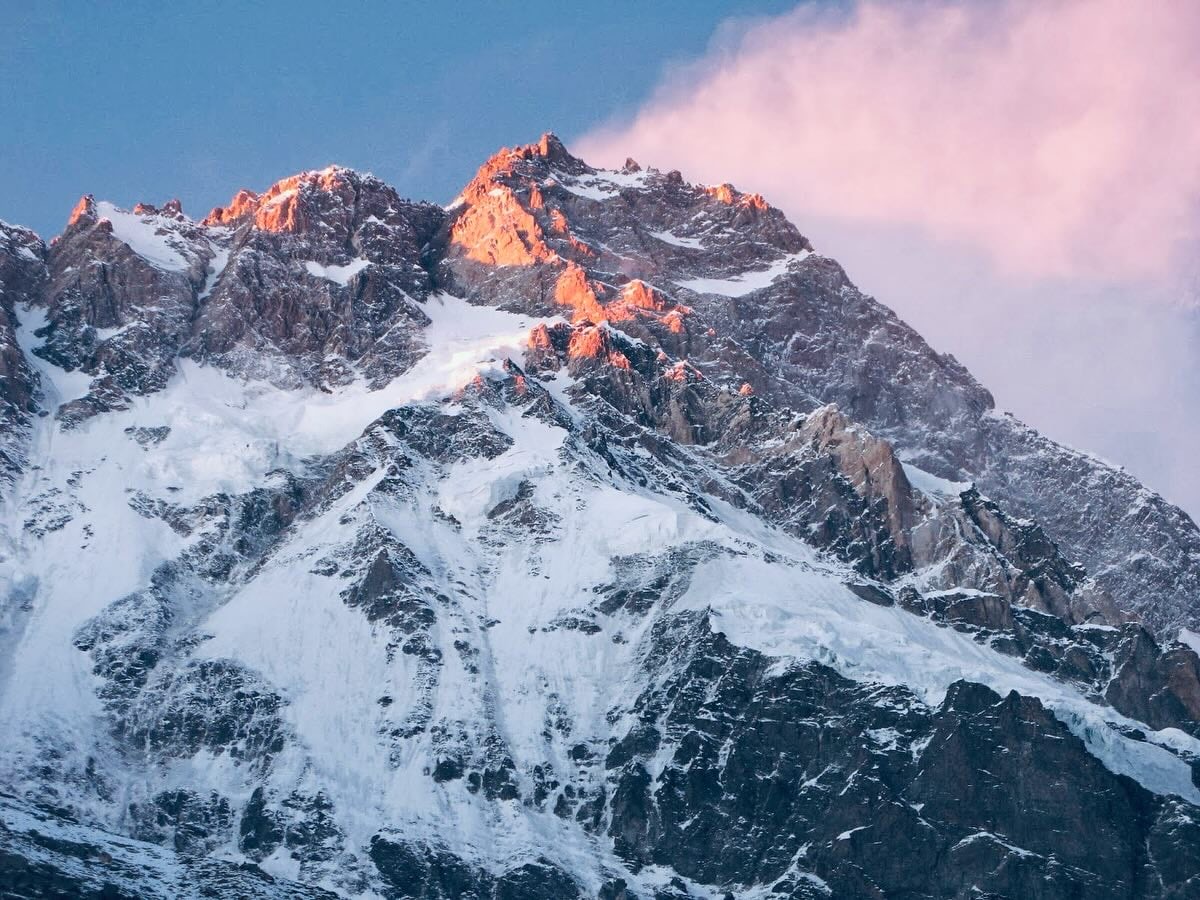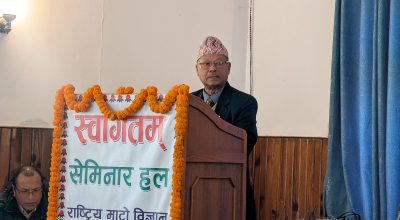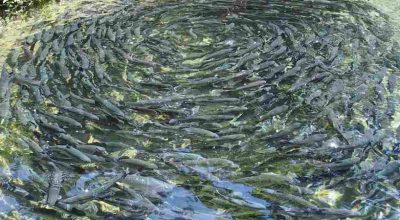
Pritam Bhattarai
Kathmandu, June 10: Nine mountaineers, including Sherpas, scaled Nanga Parbat on July 10, 2024. This achievement follows a group of four climbers, who climbed the mountain on July 9 fixing the route for this season.
Two of the climbers–Israfil Ashurli (Azerbaijan) and Vadim Pirmin Druelle (France)–achieved a summit without supplemental oxygen.
The rope fixing team made it to the top at 17:45 local time, said Thaneswar Guragai, General Manager of Seven Summit Treks, a leading Nepal-based expedition operator, the expedition organiser.
The following climbers summited the mountain on July 10:
1. Al Harthy Nadhira Ahmed Abdullah (Oman)
2. Vibeke Andrea Sefland (Norway)
3. Thomas Ntavarinos (Greece)
4. Israfil Ashurli (Azerbaijan) (No O2)
5. Vadim Pirmin Druelle (France) (No O2)
6. Pasang Sherpa (Nepal)
7. Ngima Wangdak Sherpa (Nepal)
8. Ngima Dorchi Sherpa (Nepal)
9. Phubadhile Sherpa (Nepal)
The climbers who scaled the mountain on July 9 included:
1. Lakpa Temba Sherpa (Nepal)
2. Pemba Sherpa (Nepal)
3. Dilawar Sadpara (Pakistan)
4. Fida Ali (Pakistan)
Nanga Parbat
Located in Pakistan, Nanga Parbat is the ninth-highest mountain in the world and the second-highest in Pakistan. Standing at 8,126 metres above sea level, the mountain is known by various names including “Nanga Parbat,” (Naked Mountain) in Urdu, and “Diamir,” which means “King of the Mountains.”
The mountain was first climbed on July 3, 1953, by Austrian climber Hermann Buhl. He did this solo ascent without supplemental oxygen. The mountain is known for its difficult and dangerous climbing routes with a high fatality rate, earning it the nickname “Killer Mountain.”
The peak has been the focus of numerous expeditions and climbing attempts, with varying degrees of success. Despite its challenges, it continues to attract climbers from around the world who seek to conquer its formidable slopes.
The mountain’s breathtaking beauty and formidable nature make it a prominent feature in the world of high-altitude mountaineering.
















